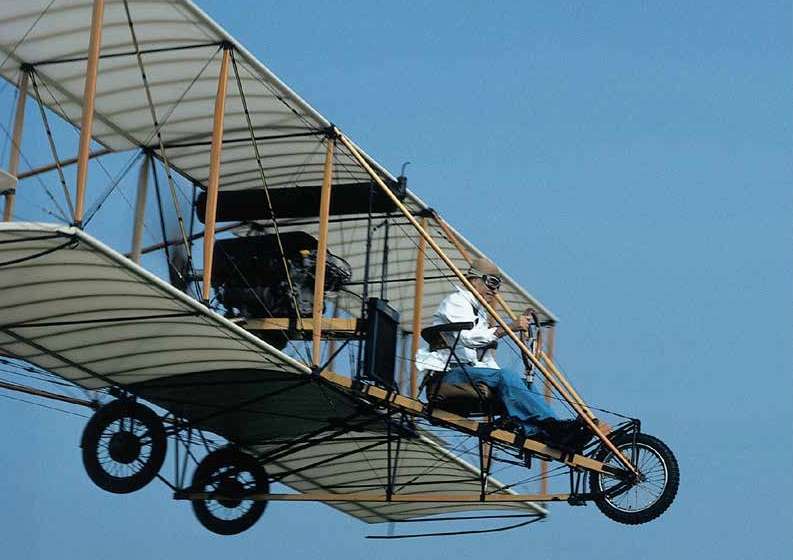
Processing Your Payment
Please do not leave this page until complete. This can take a few moments.
- News
-
Editions
View Digital Editions
Biweekly Issues
- Nov. 17, 2025
- November 03, 2025
- October 20, 2025
- October 6, 2025
- September 22, 2025
- September 8, 2025
- + More
Special Editions
- Lists
- Viewpoints
-
Our Events
Event Info
Award Honorees
- Calendar
- Biz Marketplace
Owls Head Transportation Museum begins a $9.75M redesign, expansion
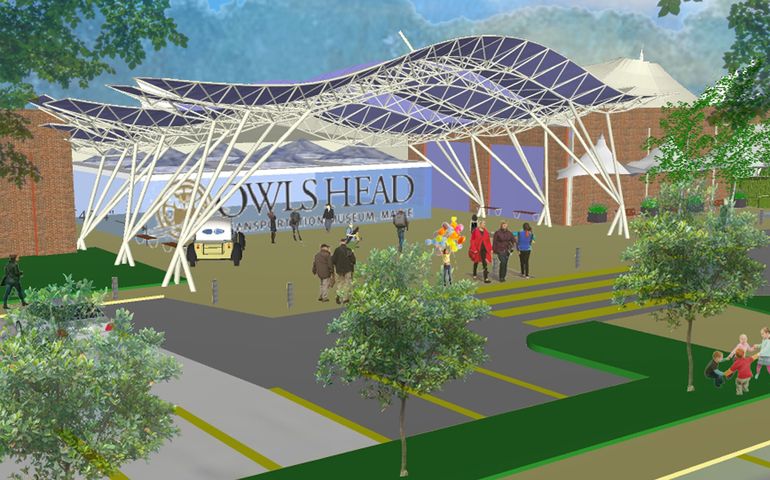 Courtesy / Owls Head Transportation Museum
A $9.75 million redesign and expansion of the Owls Head Transportation Museum, shown here in a rendering, will accommodate growing collections and programming.
Courtesy / Owls Head Transportation Museum
A $9.75 million redesign and expansion of the Owls Head Transportation Museum, shown here in a rendering, will accommodate growing collections and programming.
The Owls Head Transportation Museum is planning a $9.75 million redesign and expansion of its facilities to accommodate a expanding, world-class collection and new programming.
“We have a growing collection and, interestingly, in the last few years, offers for donations to our collection have increased,” the museum’s executive director, Kevin Bedford, told Mainebiz.
For the past 40 years, the museum has built a collection of historical aircraft and automobiles at the site in Owls Head, next to the Knox County Regional Airport. The museum has also come to serve as an educational learning center focused on transportation pioneers, inventors and entrepreneurs.
Old airplanes flying around
Founded in 1974, the museum is a nonprofit educational organization whose mission is to collect, preserve, exhibit and operate pre-1940 aircraft, ground vehicles, engines and related technologies that have been significant to the evolution of transportation.
The museum started with a note from Thomas J. Watson Jr., the former president of IBM and an aviation enthusiast, who had a summer home on North Haven. Watson wrote to James S. Rockefeller Jr., a fellow enthusiast and a boatbuilder.

The message read, “Wouldn’t it be nice to have some old airplanes flying around Owls Head.”
Watson, Rockefeller and a friend, Steve Lang identified undeveloped land in Owls Head at the northern end of “Runway 17” — a decommissioned runway on what was then simply an airfield, built in the 1940s.
In 1973, the Knox County Commissioners agreed to transfer 63 acres on the northern side of the airfield to the nascent museum as the anchor tenant of a proposed cultural park. Watson agreed to fund the purchase of an additional 48-acre parcel in order to build a half-mile-long gravel road to provide access to the airfield. For its first few years, the only building at the museum was a small workshop for repairing engines and storing tools.
Lang and Rockefeller came up with the idea of a rally featuring old planes, cars and engines. The first official museum rally was held in 1975, featuring a 1912 Curtiss Pusher flying overhead, a Stanley Steamer, high-wheel bicycles, old engines and hundreds of antique cars. Thousands of visitors attended.
“It became really clear early on this was an idea that had legs to it,” said Bedford.
Commitment to demonstration
The collection and facilities grew from there.
Today, the museum features more than 150 antique automobiles, aircraft, motorcycles, bicycles, engines and more. The museum includes exhibits halls, community education programs and a full season that includes events such as the Wings & Wheels Spectacular and the New England Auto Auction.
The museum has emerged as a center for experiential learning and for teaching science, technology, engineering and mathematics, where visitors, exhibitors, students, teachers and volunteers can share knowledge, tools, technology and designs.
With that commitment to education through demonstrations, the museum also committed to the conservation of its collections. In a sense, said Bedford, “We’re our own worst enemies in that we’re demonstrating them.”
However, the museum recognized the problem could also be an opportunity to engage more people in the maintenance of the machines. As it happened, said Bedford, “an abundance” of retirement-age people were moving to the midcoast area and to Maine in general who had a lot of specific knowledge about the objects the museum was collecting.
“So began our workshop program,” he said. “We had older generations of people who had been trained in the maintenance and care of these objects, and they were passing this knowledge down through an informal education program. It did the trick of keeping these old crafts alive.”
On average, 85% to 90% of the collection is operable and, during the season, a good portion is brought out and demonstrated to the public, primarily during the museum’s busy summer event schedule.
“One of our prime methodologies is that we don’t just fix things up, put them on the floor and have them sitting there statically,” said Bedford. “We actively demonstrate our collections.”
Running out of space
Now space is running out for the growing collection and for new educational programs.
In order to meet present and future needs, plans are in the works to expand the facilities. Currently, the museum hosts over 30,000 visitors per year on-site. It has over 1,800 members and over 200 volunteers and provides 5,000 free admissions for children. At summer events, 2,000 exhibitors display vehicles.
The museum is about halfway along in its $9.75 million capital campaign for the expansion and redesign, said Bedford.
“In one way, our physical capacity to house our collection has been strained for quite some time,” he said.
The museum is also looking at ways to attract the interest of younger generations.
“We found that, as the generations changed, the interest in coming to see old airplanes and cars in and of itself has grown smaller,” he said.
The generational divide is seen throughout the museum world, he noted.
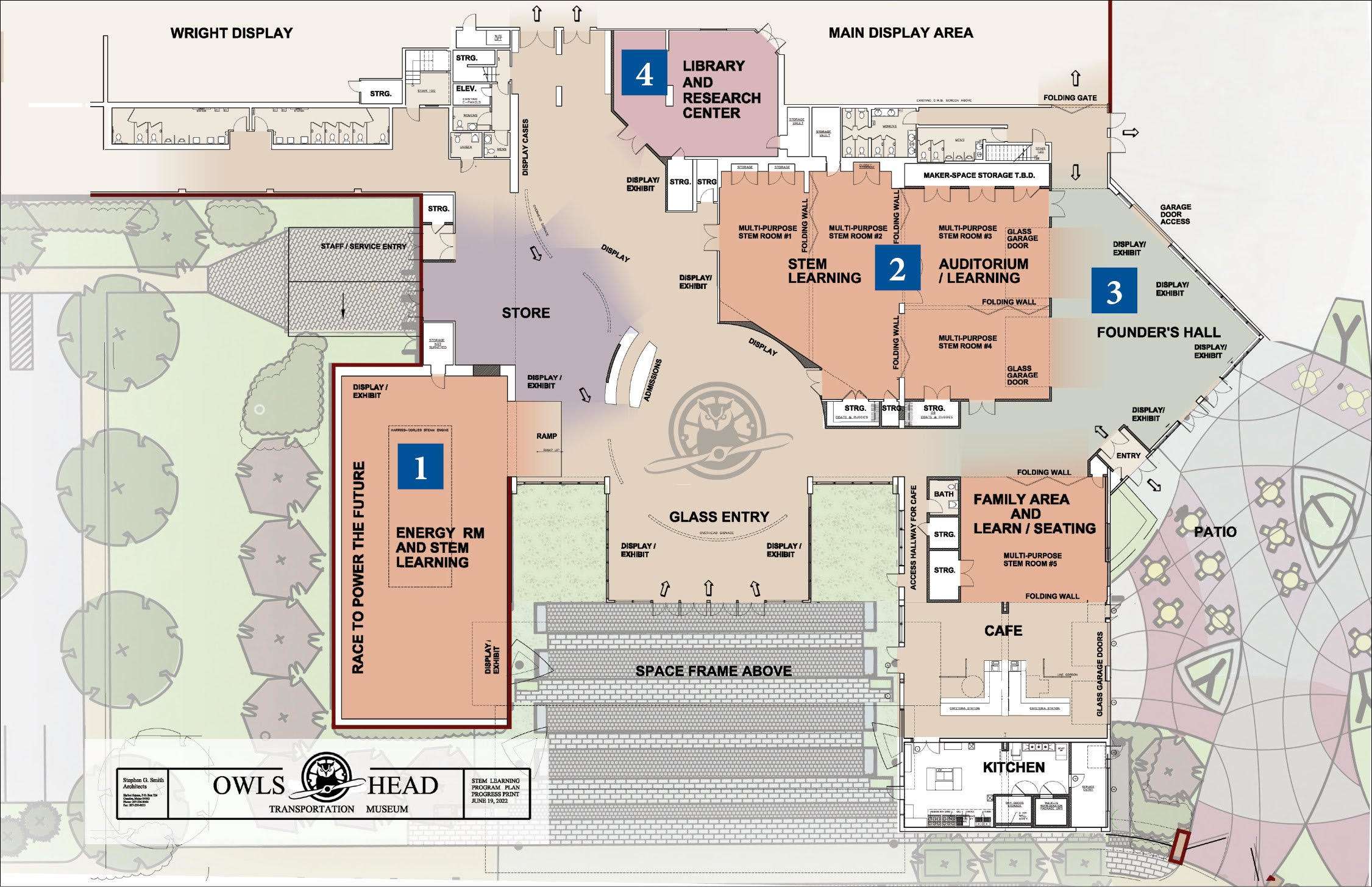
“We found that we needed to find a way to connect with younger generations to make ourselves continue to be relevant in today’s society and, 40 years from now, we still want to be an active and vital resource,” he said.
The expansion and redesign include a number of elements:
• Expanded restoration workshops and annex with specialty craft booths, volunteer classroom and visitor access areas to maintain and restore the collection.
• Flexible education spaces including an energy education room for STEM teaching, volunteer education room, flexible classroom auditorium and programming.
• New arrival and glass entry designed to engage visitors immediately.
• New common areas including café, patio pavilion, family area and founders’ hall to enable visitors to comfortably spend more time at the museum during events.
• Accessible library and research center to facilitate the proper cataloging of archival collections to meet the growing demands for research requests while providing access to the general public.
• Site improvements including a new entrance approach, landscaping, improved traffic flow and expanded parking.
Expanded programs
Expanded education will include a focus on developing a professionally led program for kindergarten through eighth grade students in Science, Technology, Engineering and Mathematics (STEM). From the collection, examples of different eras of energy used to power transportation will enable students to connect STEM concepts to working history, including transitions from horse to steam to fossil fuels and now to solar and wind energy systems.
The program will connect the collection with student activities in a newly expanded “Energy Room” and complement existing education programs encompassing high school and college apprenticeships, and volunteer education programs.
State-of-the-art
The facility today consists of 117,000 square feet that includes exhibit, storage, workshop and office areas. That includes a separate building across the airfield.
The goal is to sell the separate building and use that money toward the expansion and redesign of the primary facility, resulting in an overall square-footage that will be about the same as it is now.
The workshops will be more than double in size. State-of-the-art environmental controls will be installed throughout.
The capital campaign has raised $4.64 million. The goal is to finalize the campaign in the next two years. Hired for the project are Stephen G. Smith Architects and contractor Maine Coast Construction Corp., both in Camden.
Work on the museum’s restoration annex broke ground earlier this month. The goal is to break ground for the expansion of the workshops right after the last event of the season in late September.
“We’re building in phases as we go through the campaign, but we’re also trying to maintain our operation without having to close to the public,” said Bedford.
The goal is to complete the project by early spring 2024.
Mainebiz web partners

The Giving Guide
The Giving Guide helps nonprofits have the opportunity to showcase and differentiate their organizations so that businesses better understand how they can contribute to a nonprofit’s mission and work.
Learn More
Work for ME
Work for ME is a workforce development tool to help Maine’s employers target Maine’s emerging workforce. Work for ME highlights each industry, its impact on Maine’s economy, the jobs available to entry-level workers, the training and education needed to get a career started.
Learn More
Groundbreaking Maine
Whether you’re a developer, financer, architect, or industry enthusiast, Groundbreaking Maine is crafted to be your go-to source for valuable insights in Maine’s real estate and construction community.
Learn more-
The Giving Guide
The Giving Guide helps nonprofits have the opportunity to showcase and differentiate their organizations so that businesses better understand how they can contribute to a nonprofit’s mission and work.
-
Work for ME
Work for ME is a workforce development tool to help Maine’s employers target Maine’s emerging workforce. Work for ME highlights each industry, its impact on Maine’s economy, the jobs available to entry-level workers, the training and education needed to get a career started.
-
Groundbreaking Maine
Whether you’re a developer, financer, architect, or industry enthusiast, Groundbreaking Maine is crafted to be your go-to source for valuable insights in Maine’s real estate and construction community.
ABOUT
NEW ENGLAND BUSINESS MEDIA SITES
No articles left
Get access now
In order to use this feature, we need some information from you. You can also login or register for a free account.
By clicking submit you are agreeing to our cookie usage and Privacy Policy
Already have an account? Login
Already have an account? Login
Want to create an account? Register
Get access now
In order to use this feature, we need some information from you. You can also login or register for a free account.
By clicking submit you are agreeing to our cookie usage and Privacy Policy
Already have an account? Login
Already have an account? Login
Want to create an account? Register
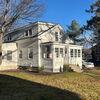
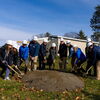


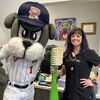
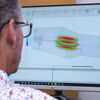

0 Comments